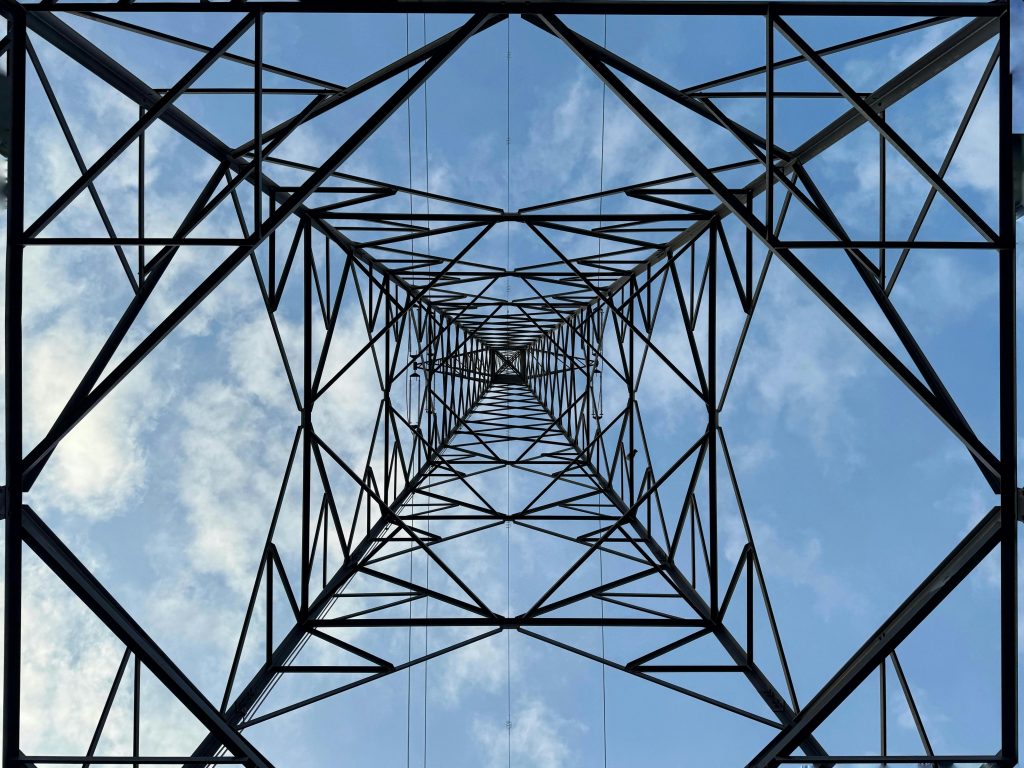The Perils of Neglecting Server Maintenance: A Cautionary Tale
Today, we encountered a challenging situation that serves as a stark reminder of the importance of regular server maintenance and timely upgrades. A client’s server failed, containing critical data that we had been alerting them about for the past three years.
This incident unfolded as both hard drives (HDDs) succumbed to failure after years of wear and tear. It was alarming to discover that even the server’s indicator lights were so dim that I initially presumed they had burned out—this included the HDD error light as well.
In an attempt to salvage the situation, we tried to reconstruct the RAID 10 array, but unfortunately, the data remained too compromised on the surviving drive. To add to the distress, the last backup was performed just two days prior, but we are now grappling with the possibility that this backup may also be corrupted.
This server was operating on Windows Server 2008, which means we will need to establish a new Active Directory and transition all connected computers to this new setup. This process will undoubtedly incur significant labor costs for the client.
Now we have to ask ourselves, was it truly cost-effective for the client to rely on a server that exceeded the average lifespan by three times? They are now facing lost productivity while waiting for a new server to be fully configured and installed at their site.
The key takeaway here is clear: skimping on your company’s primary server can lead to catastrophic consequences.
On a lighter note, upon inspecting the server, I couldn’t help but notice how excessively dirty it was. It left me wondering if someone had been smoking in the server room!
In the face of technology, a proactive approach is essential. Investing in timely upgrades and maintenance can save businesses from potentially devastating data losses and operational setbacks.
Share this content:




Hi there, I’m sorry to hear about the data loss experienced due to server failure. This situation highlights the critical importance of regular server maintenance, timely hardware upgrades, and consistent backups. To mitigate such risks in the future, I recommend implementing a comprehensive backup strategy, such as scheduled offsite backups or cloud solutions, to ensure data integrity even if hardware fails.
Since your server was running on Windows Server 2008, which is now out of mainstream support, consider planning an upgrade to a more current version like Windows Server 2019 or 2022. This will not only enhance security but also improve reliability and compatibility with modern hardware and software.
Additionally, performing routine hardware checks and cleaning (working in a dust-free environment) can prevent overheating and hardware failures. Keep an eye on server indicators and SMART data for early signs of drive failure. If RAID configurations are in use, ensure regular health monitoring, and test recovery procedures periodically.
If you need assistance with establishing a new Active Directory environment or migrating your computers, our team can help plan and execute a smooth transition, minimizing downtime and data loss.
Remember, proactive maintenance and strategic planning are key to avoiding costly data losses and operational disruptions in the future. Feel free to reach out for tailored support or guidance on your upcoming server upgrade or backup solutions.